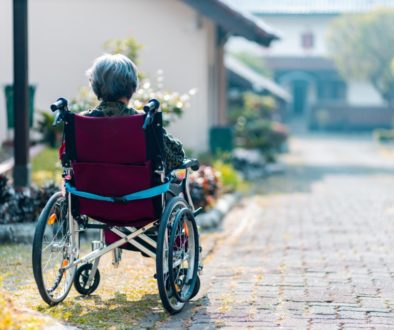Deep Vein Thrombosis Prevention
There are many factors that can increase your risk of Deep Vein Thrombosis (DVT). Long haul flights and trips that require you to be seated for long periods of time can increase the risk of (DVT).
A DVT does not always cause symptoms. If symptoms do occur, the first symptom is usually a cramp-like aching pain in the affected muscle. This pain might worsen when exercising but does not subside with rest. Symptoms of a DVT in the calf muscle may include:
- Swelling of the lower leg
- Tenderness of the calf muscle
- Localised redness and warmth
- A mild fever
- Lower leg veins may become more prominent (darker and raised) and sometimes the skin becomes darker.
- A DVT can also occur in the upper leg, arms or neck and cause similar symptoms in those areas of the body.
If a pulmonary embolism occurs as a result of a DVT it may produce barely noticeable symptoms such as chest discomfort and mild breathlessness, or more noticeable symptoms such as sharp chest pain, a rapid heart rate, breathlessness, and coughing-up blood.
Measures that can reduce the risk of DVT associated with long-distance travel include:
- Compression stockings
- Drinking plenty of non-alcoholic fluids to avoid dehydration
- Leg and ankle exercises to encourage blood flow in the legs
- People at high risk of DVT may be prescribed aspirin or anticoagulant tablets or injections whilst travelling.
- Lose weight, if you are overweight
- Stay active
- Exercise regularly; walking is fine
- Avoid long periods of staying still
- Get up and move around at least every hour whenever you travel on a plane, train, or bus, particularly if the trip is longer than 4 hours
- Do heel toe exercises or circle your feet if you cannot move around
- Stop at least every two hours when you drive, and get out and move around
- Drink a lot of water and wear loose fitted clothing when you travel
- Talk to your doctor about your risk of clotting whenever you take hormones, whether for birth control or replacement therapy, or during and right after any pregnancy
- Follow any self-care measures to keep heart failure, diabetes, or any other health issues as stable as possible Anyone at risk of DVT is advised to see their doctor prior to travelling to discuss preventative measures. Measures that can reduce the risk of DVT associated with being bedridden as a result of surgery or illness include:
- Compression stockings
- Anticoagulant medications
- Specific leg and breathing exercises to promote blood flow.
Sources
- https://www.stoptheclot.org/learn_more/prevention_of_thrombosis/
- https://www.southerncross.co.nz/group/medical-library/deep-vein-thrombosis-causes-symptoms-prevention




